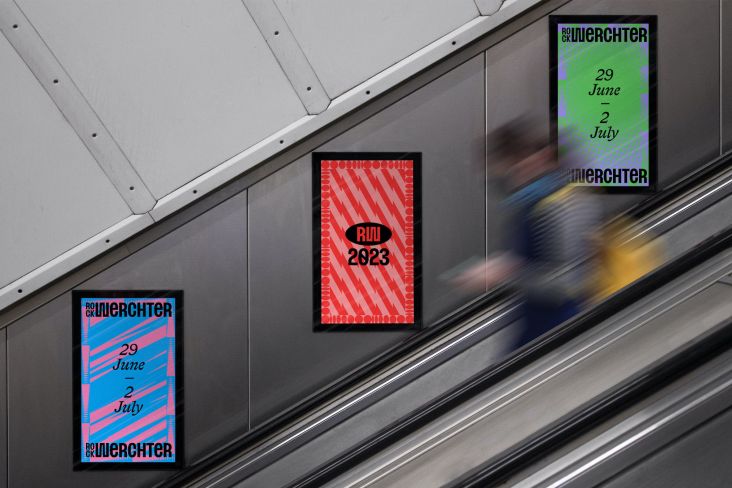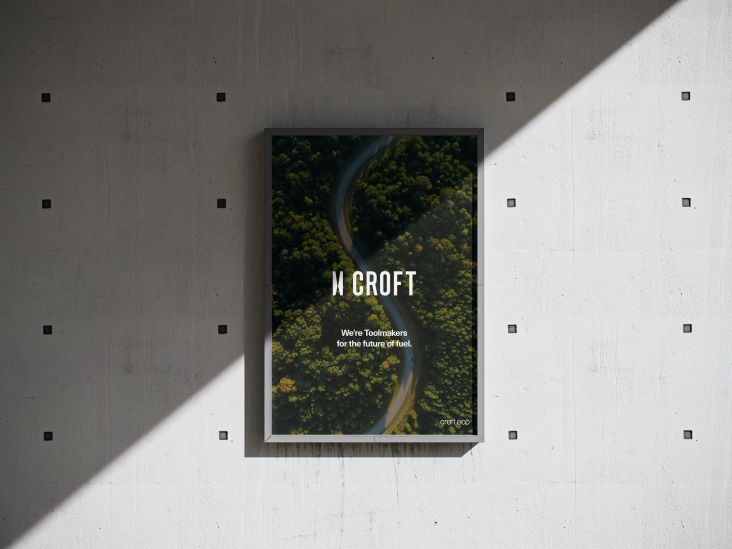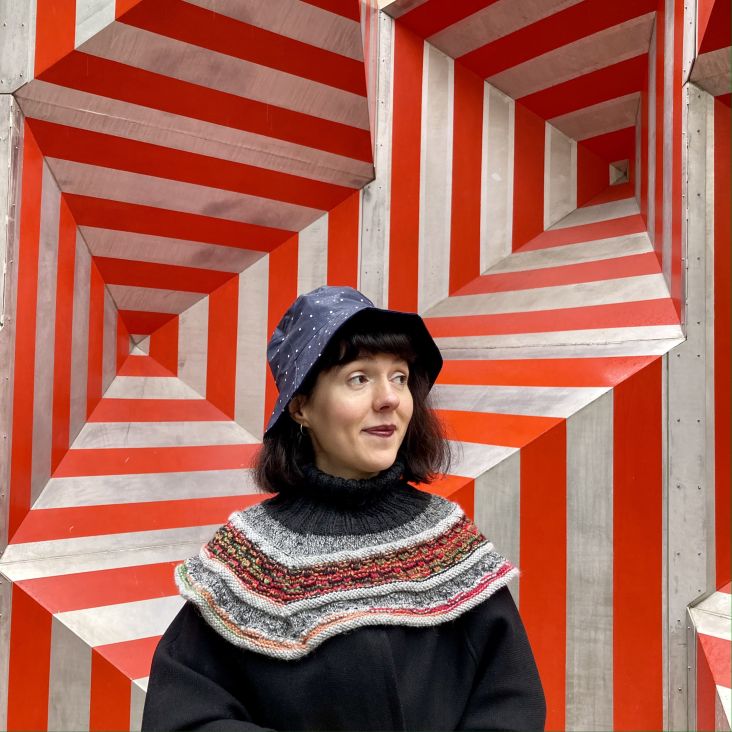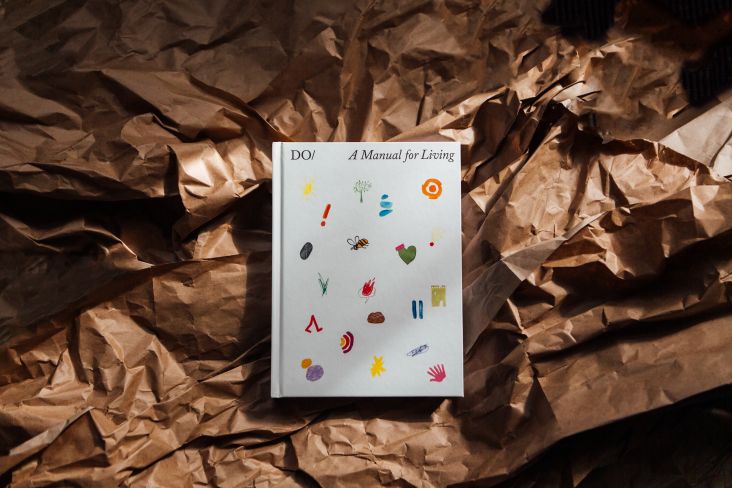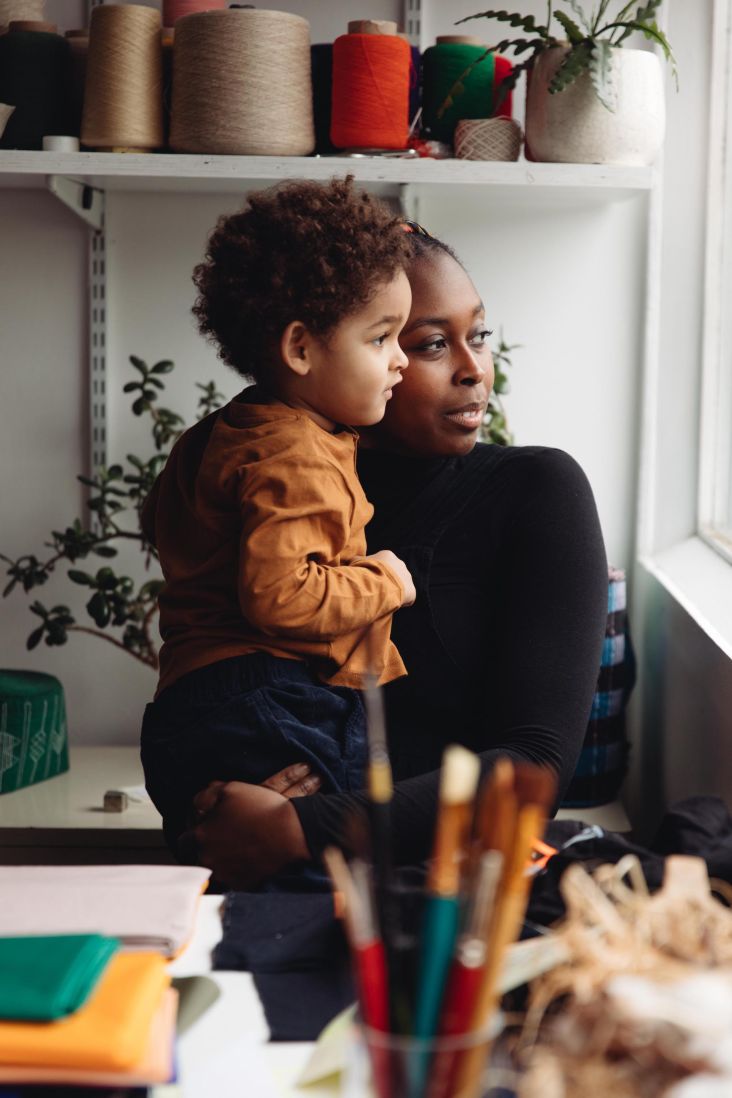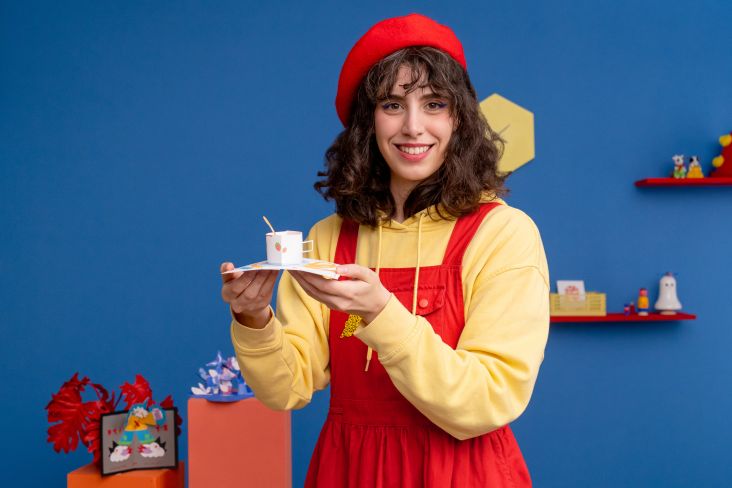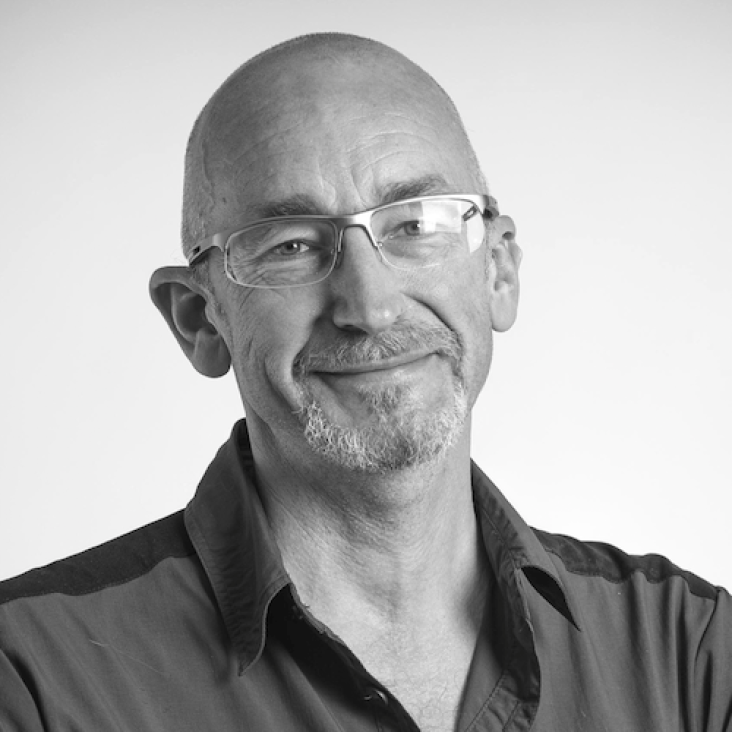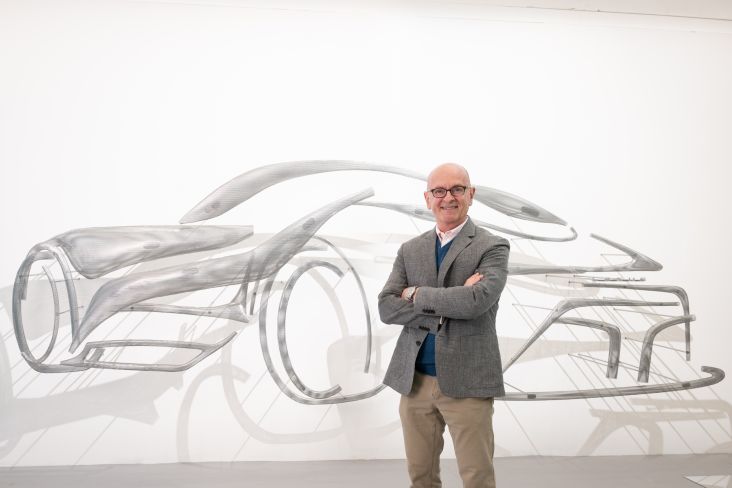Lexus Design Award winners suggest we can have nice things, without ruining the planet
Live from Milan Design Week, we profile four young designers who are changing the game when it comes to sustainable design.
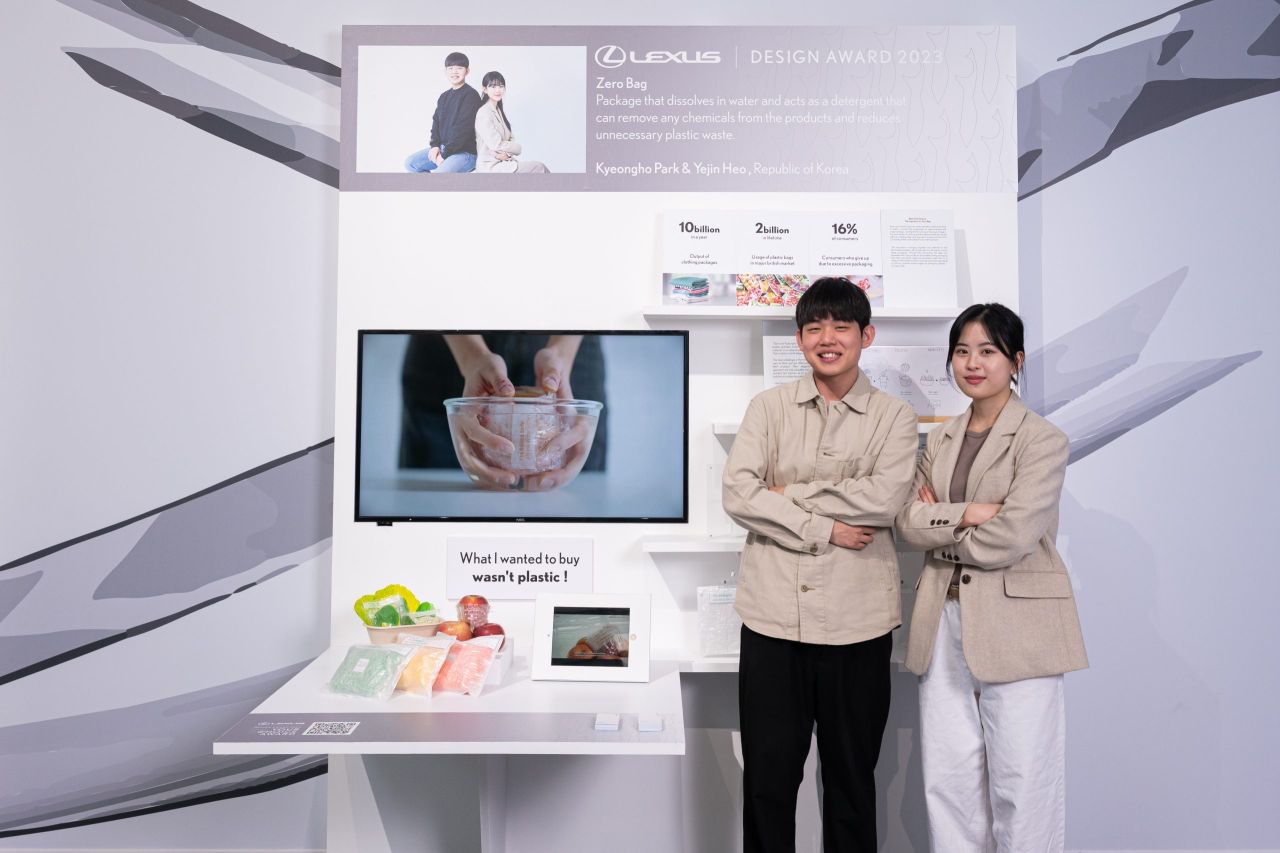
We're all somewhere between concerned and troubled over our planet's future. But let's be honest, most of us in the West have gotten used to a certain standard of living and aren't going to give it up lightly. Nor are we in a position to object as economic development lifts millions in developing nations out of poverty, raising global consumption levels ever higher.
So is the planet doomed? Well, that's where designers can play a key role. In theory, at least, we can have nice things – as long as we produce them in a different way.
Much of this must happen at a grand scale, such as governments investing in cleaner power plants, car makers developing electric vehicles, etc. But ultimately, it's the little things in life – the small pleasures, the fun treats – that make it worth living. And so we also need brilliant, out-of-the-box design ideas that can be concepted on a small scale and developed quickly, dynamically and sustainably.
I'm at Milan Design Week this week, where I've met scores of young designers from around the world doing just that. Case in point: the four winners of this year's Lexus Design Awards.
Packaging you can use to wash your clothes
We're all aware of how much plastic packaging we consume, but simply banning it isn't so easy. For example, without the airtight and watertight barrier it provides, there would be a rise in food waste and product damage, and a consequent spike in carbon emissions to make up for the shortfall.
Industrial design students Kyeongho Park and Yejin noticed that clothing in their native Korea is commonly wrapped in plastic to keep it fresh-smelling, clean and hygienic. So through experiments in their kitchen, they developed an alternative made from algae, which they called Zero Bag.
On show at the Lexus event, it looked astonishingly similar to plastic and felt like it to the touch. I'd imagine most people wouldn't notice the difference. Yet it's water-soluble and non-toxic, so there's zero waste.
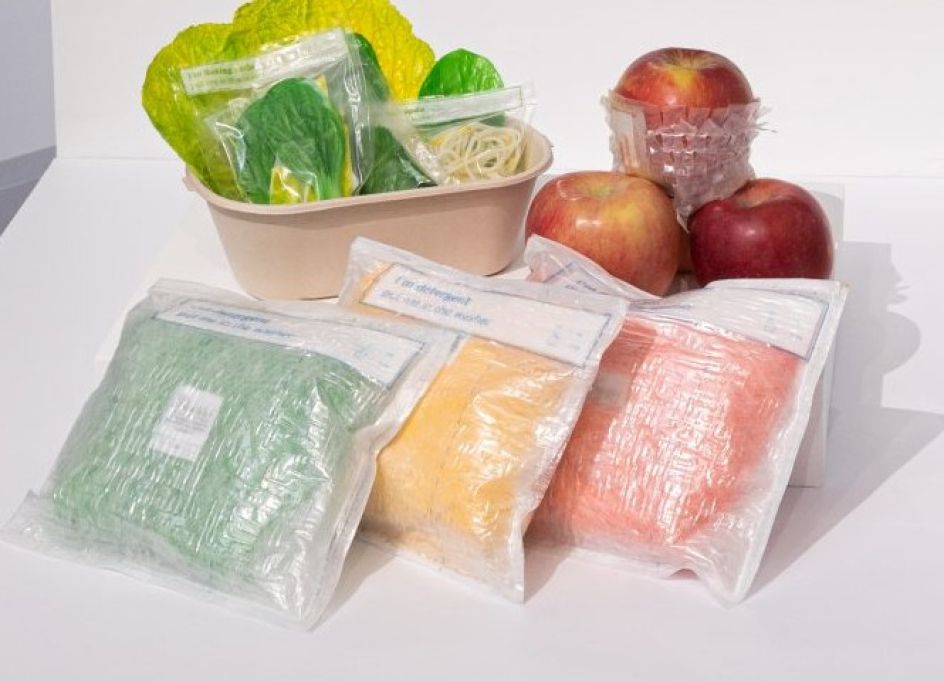
Yejin explained that when buying a T-shirt, Koreans will typically wash it before wearing it for hygiene reasons. So for the purposes of wrapping clothes, they infused the Zero Bag with detergent. This means that consumers can simply put the whole thing into their washing machine without needing to add detergent, and the packaging disappears during the cleaning process.
It's this kind of joined-up thinking that reminds us that, ultimately, good design is about making people's lives easier and more comfortable. Kyeongho and Yejin's project shows us how that can dovetail with sustainability in a way that the two don't fight each other but actually reinforce each other.
This is just one application of Zero Bag, however. Baking soda can be added to the mix, so it could be used for household cleaning, and it can be used to wrap food such as fruit.
The dehumidifier made from ceramic dust
With so much focus on plastic recently, it's easy to forget that other forms of waste are also problematic. Jiaming Liu from China, for instance, is very concerned about ceramic waste.
Typically, around 30% of the materials in the ceramic industry go to landfill. By design, this material is very durable and resistant, even in harsh environmental conditions, so it's a major cause of serious soil, air and groundwater pollution.
Jiaming grew up in a house made of concrete and clay and noticed that its walls quickly absorbed water on hot, dry days. This gave him an idea. Using 3D printing, he's designed a humidifier made from clay infused with ceramic powder, which is made by grinding down ceramic waste from a local factory.
Like his home's walls, this device absorbs water very quickly, which is collected in the bottom tray. Of course, no electric power is required. Unlike most standard dehumidifiers, it's quite beautiful to look at and can be made in various sizes, depending on your needs and available space.
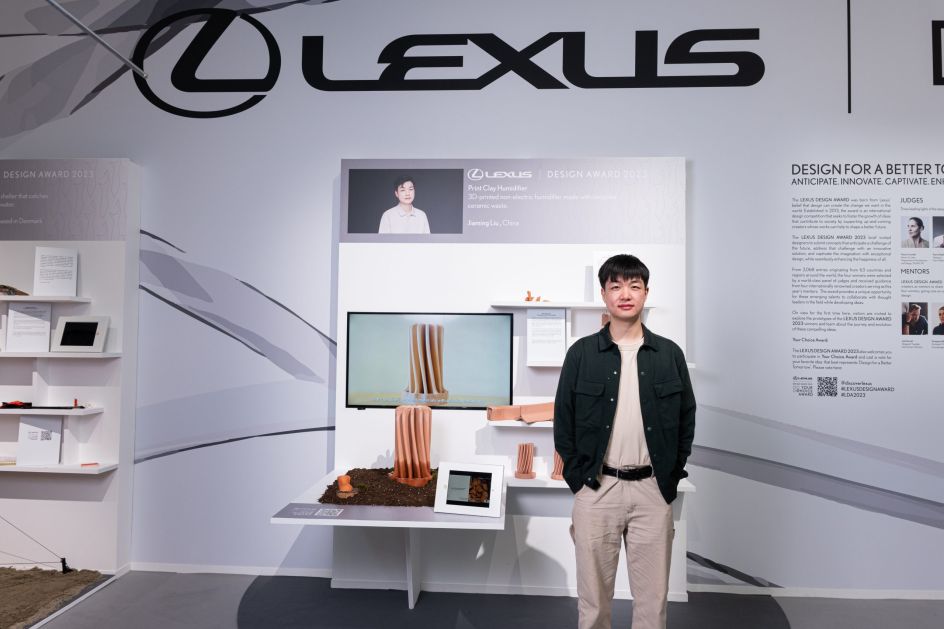
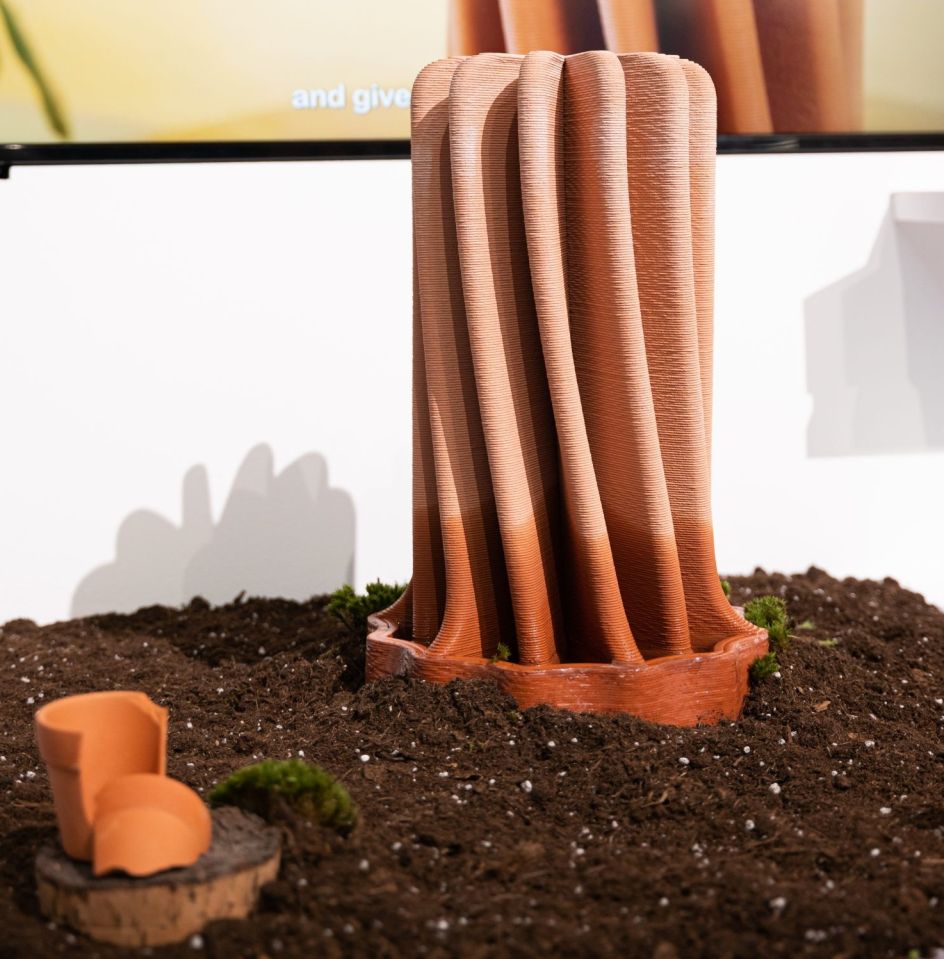
Reducing the amount of moisture in the air doesn't just make for a more pleasant environment; it's a vital way to prevent the mould, mildew and infestations that can result from condensation and the respiratory problems this can cause. Jiaming's solution is simple and effective and a clever way to reuse one of the modern world's most challenging waste products.
The jacket that turns into a tent that turns fog into water
Swedish designer Pavels Hedström is a keen adventurer and loves exploring challenging environments around the world. So he's designed a jacket that transforms into a tent and that can literally summon up drinking water out of thin air.
Weighing just 1.8kg, the Fog-X is quite manageable as a jacket. Then, when set up as a tent, it uses a special mesh to collect fog, which then turns into water and is channelled into a container. It's made from aluminium, recycled steel and plastic and has the potential to capture up to 10 litres of water a day, depending on weather conditions. Pavels told me its design was inspired by the Namib Desert beetle, which is native to southern Africa and gathers moisture from the fog on its bumpy back surface.
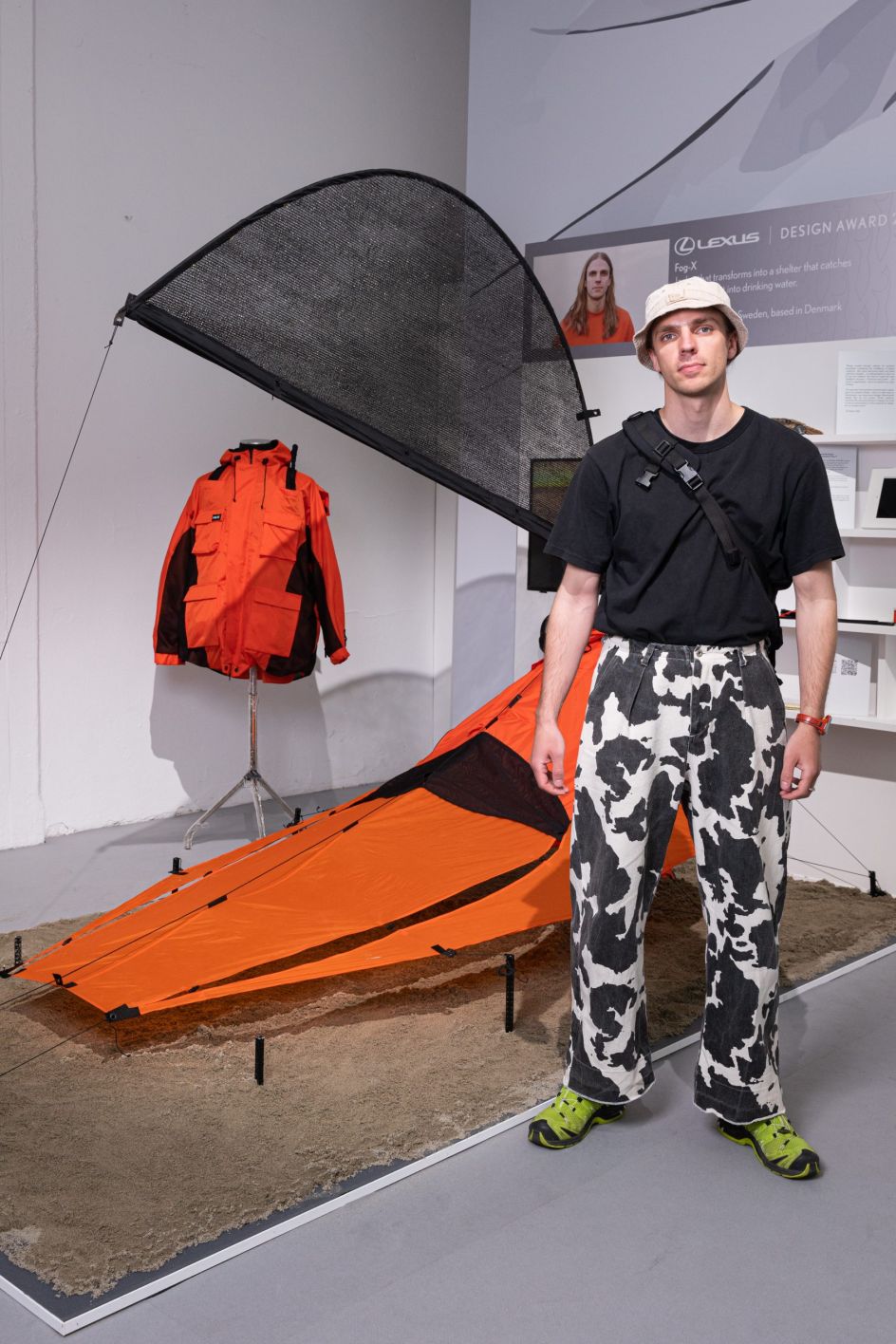
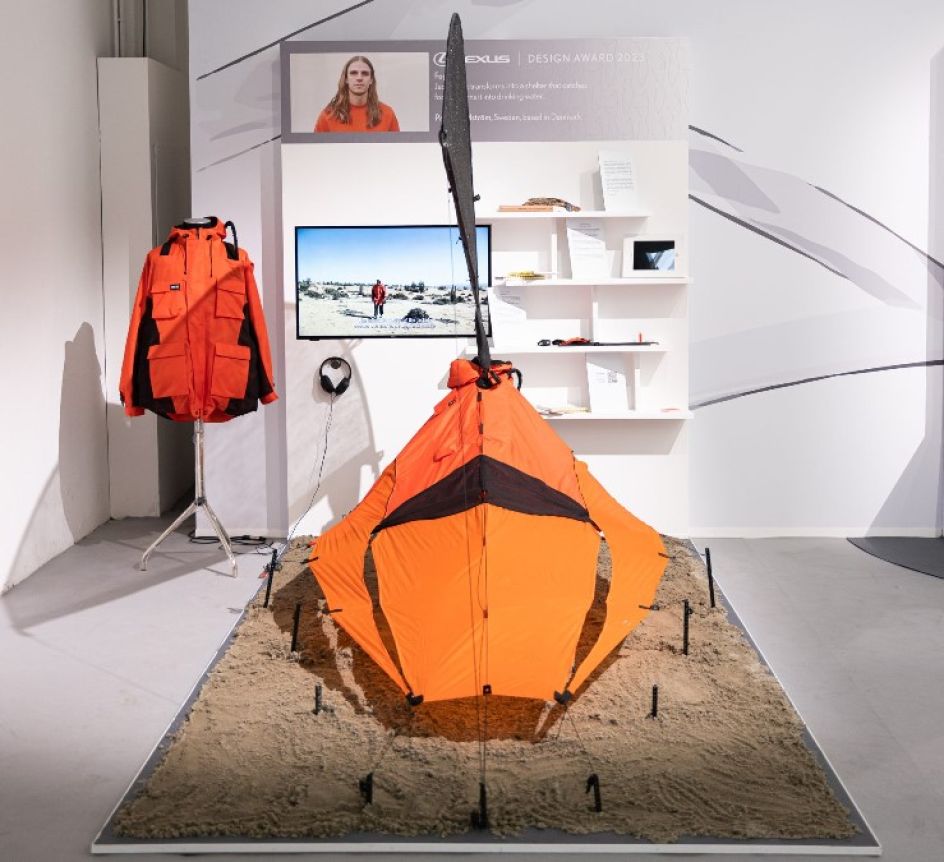
In 2019, Pavels tested his design in the Atacama Desert, a desert plateau in Chile, officially the driest place on Earth (not counting the poles). He's also developed an app to help you identify the best places to capture fog, although this is still at the prototype stage.
Most of us aren't ever likely to trek across harsh desert environments, so this is, by its nature, a niche product. However, Pavels is keen to further develop and adapt his design to help refugees and people suffering from poverty in water-scarce regions.
The puzzle that lets you feel a mountain
The fourth and final project also helps people connect to our natural environment but in a very different way. US-based designers Vincent Lai and Douglas Lee are the creators of Touch the Valley, a 3D topographic puzzle made from recycled plastic that helps visually impaired people learn about the physical environment through touch.
Vincent's original inspiration came when his grandmother began to lose her sight, and it became easier for her to experience the world through her fingers rather than her eyes. The pair decided to create physical puzzles that exactly replicated well-known landscapes such as Yosemite Valley and Mount Fuji in miniature so that people could experience their unique contours through a sense of touch.
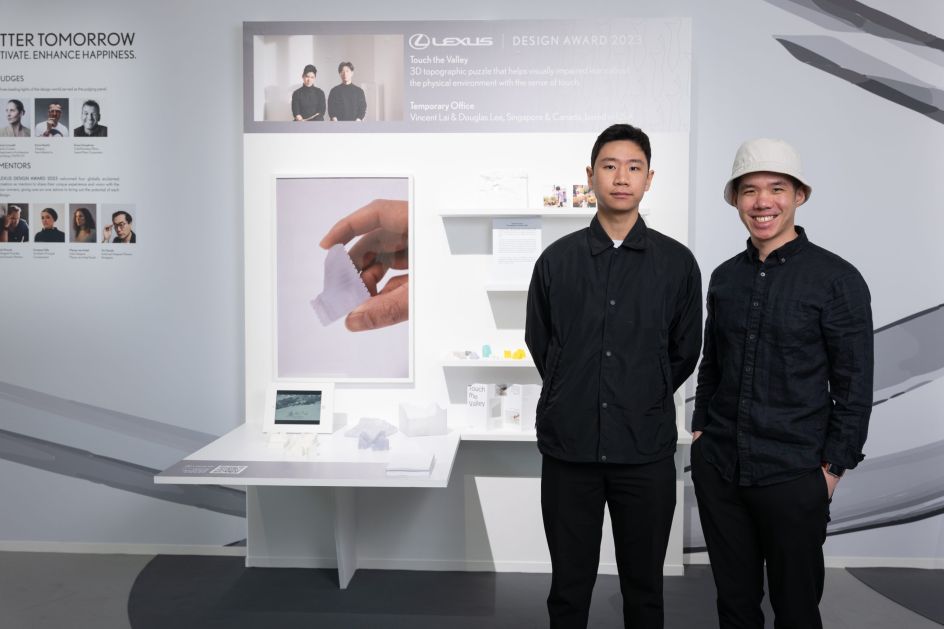
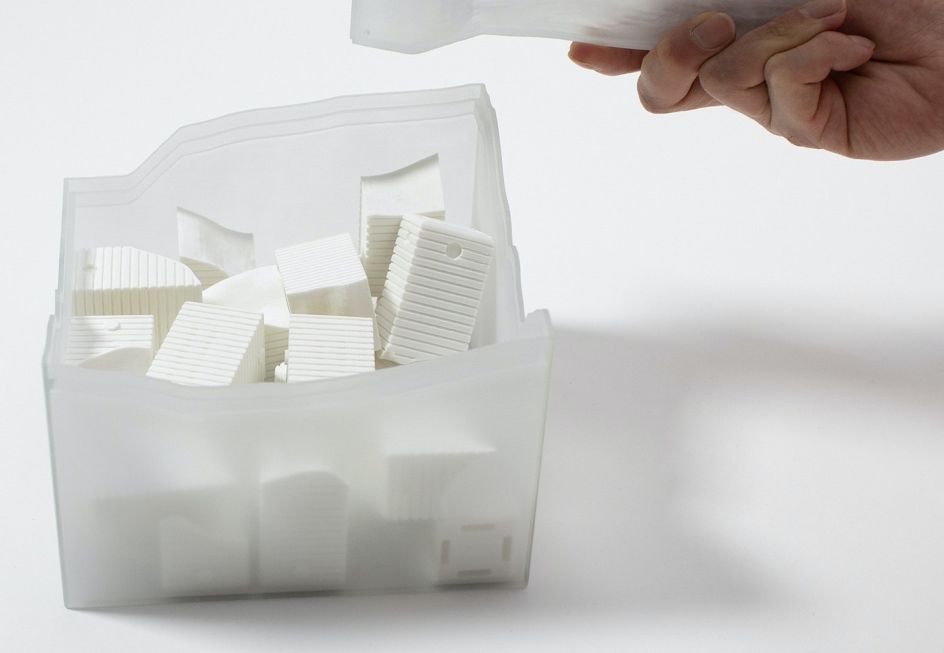
The pair developed the project in close consultation with the visually impaired community and did lots of testing to see what would work best. One thing they changed as a direct result of testing was the way the pieces fit together, which is assisted by magnetic haptic feedback and elevational grooves.
The four projects are all winners of the 11th Lexus Design Awards, themed on 'Design for a Better Tomorrow' and were developed with help and guidance from four Lexus Design Award mentors: Dutch designer Marjan van Aubel, Japanese artist Yuri Suzuki, American designer Joe Doucet and South African architect Sumayya Vally.
The competition invited designers to submit concepts that anticipate the challenge of the future, address it with an innovative solution and captivate the imagination with exceptional design while seamlessly enhancing the happiness of all.
The final prototypes are currently on show as part of Milan Design Week. The exhibition is open to the public at Superstudio Più (Day Light), Via Tortona, 27, 20144 Milan, Italy, until 23 April. Opening times are 11am-9pm until 22 April and 11am-6pm on 23 April. For more details, visit the Lexus Design Awards website.




 by Tüpokompanii](https://www.creativeboom.com/upload/articles/58/58684538770fb5b428dc1882f7a732f153500153_732.jpg)

 using <a href="https://www.ohnotype.co/fonts/obviously" target="_blank">Obviously</a> by Oh No Type Co., Art Director, Brand & Creative—Spotify](https://www.creativeboom.com/upload/articles/6e/6ed31eddc26fa563f213fc76d6993dab9231ffe4_732.jpg)








